 Julian Sands, 2011 sun-kissed hard-bodied posing atop a canyon for an Instagram snap, or a tramp with a jacket laminated with a service card ammunition and a thermos. Julian Sands, who had roots in both places, was much bigger than either of them.
Julian Sands, 2011 sun-kissed hard-bodied posing atop a canyon for an Instagram snap, or a tramp with a jacket laminated with a service card ammunition and a thermos. Julian Sands, who had roots in both places, was much bigger than either of them.
In January, when Sands first went missing in the San Gabriel Mountains northeast of Los Angeles, his brother Nick said: “Julian's first love is walking and hiking. It happened before his career and he had tremendous, phenomenal energy. When he climbed the mountain, sparks were visible on his boots, and he was waiting for you at the top. He took risks. It has always been like this: wild, extreme, adventurous; never limited by rules or boundaries. He can never just sit. He just wanted to expend energy, walk and climb, compete, challenge himself.”
Sands, whose death was presumed dead on June 27, once said that his biggest fear was «inactivity, immobility, ill health and boredom», and described himself as happiest when «near the top of the mountain on a wonderful cold morning» climbed the entire perimeter . world, including the Andes and the Indonesian mountain Puncak Jaya, the highest mountain on the island and the only place in the country where you can find snow. It is a challenging climb requiring a week-long hike through remote jungles and some chasms that can only be crossed by Tyrolean cable cars.
Sands also visited the Weishorn in the Swiss Alps, from where he sent photos to his grandson Billy last September. The nearby Matterhorn may be better known, but many climbers consider the Weisshorn to be more beautiful, with its symmetrical triangular pyramid shape and pure white slopes, and more challenging, combining a long and challenging route with thin rocky sections and a steep snow climb. /p>
One day, Sands began a telephone interview by saying, “Now I am looking over the north face of the Eiger towards the Jungfrau. Spectacular!» and a few hours later called the journalist back from the bivouac to impress him that although he was climbing the Eiger, he was climbing the easier Mittellega ridge, and not the terrible North Face. «Climbers and climbers, and a small percentage of your readers they will notice the difference.» His first love is walking and hiking: actor Julian Sands. Photo: Twitter
It was important to him that he not be seen as a braggart claiming more than he had done. “People who don’t climb mountains think that it takes a lot of time for this great heroic sprint to the top and somehow for this great selfish ambition,” he said. “But it's actually the other way around. It's about supplication, sacrifice and humility as you walk into these mountains. This is not so much the glorification of oneself as the eradication of one's own self-consciousness. So, in these walks you lose yourself, you become a vessel of energy that is hopefully in harmony with the environment. Man thrives on enthusiasm, curiosity and humility.”
And the danger too, because every serious climber knows the risks they are taking. Sands described one of the most rugged mountains in the world, the Himalayan peak of Makalu, as «the top of [my] wish list» and the closest he came to death before his last excursion to California «in the early 90s.» , in the Andes, along with three others, were caught in a terrible storm at an altitude of 20,000 feet. We all felt very bad. Some guys close to us died; we are lucky.»
This episode was on Aconcagua, the highest mountain in South America, and was part of the legendary Seven Peaks challenge, in which a climber must scale the highest peak on each continent. Sands made five — Aconcagua, Punchak Jaya (Oceania), Mont Blanc (Europe), Vinson (Antarctica) and Kilimanjaro (Africa) — and only Denali (North America) and Everest (Asia) remained. Seven Peaks is a serious undertaking in every way, with an average cost of around £150,000 to climb all seven peaks.
 Julian Sands, who starred in A Room with a View, once said he was happiest when he was «close to the top of a mountain.» 39; Credit: Clara Malden
Julian Sands, who starred in A Room with a View, once said he was happiest when he was «close to the top of a mountain.» 39; Credit: Clara Malden
Many of Sands' friends and fellow climbers called him a romantic in the poetic sense of the word, and especially Percy Bysshe Shelley was a magnet for him. He played Shelly in Ken Russell's 1986 Gothic and recited his poetry at live performances. “[Shelley] was inspired by the greatness of nature and the importance of nature as the main force in people’s lives,” Sands said, and especially in his poem “Mont Blanc,” which describes the mountain as “a desert inhabited by storms alone/Save when the eagle brings hunting bone.
For Sands, obviously, his hobby and craft overlapped in many places. “Climbing and filmmaking are very connected,” he said. “There is always another mountain. And, ultimately, the meaning of climbing a mountain is that the mountain is inside. I think that's true of acting experience as well. There is a feeling that it is worth putting one foot, and anything can happen. Sometimes it can look like the Mittellega mountain range.”
When Sands was preparing to direct Neil Dixon in the one-man show The Standard Bearer, both men traveled to the Sierra Nevada mountain range to build trust in each other. “In the wilderness, there is only you,” Sands said. «And in the mountains you meet yourself, which is very revealing.»
 Julian Sands and Jeff Daniels in Arachnophobia » (1990). Photo: BUENA VISTA/Cinematic Collection/Alamy Stock Photo
Julian Sands and Jeff Daniels in Arachnophobia » (1990). Photo: BUENA VISTA/Cinematic Collection/Alamy Stock Photo
Dixon remembered the moment well: “He was in his sleeping bag next to me, reciting poetry. I thought, «This is crazy, but it's a little different.»
And Sands would have understood better than anyone what Dixon meant when he talked about prepping for the theatrical show: “I went backstage asking, 'Am I out of my mind? Why, why, why do I want to go through this at this moment?” [But] by the end of the second show, I pulled away and thought, «That's why I want to do this!» Blaming, fulfilling the whole experience, it's fantastic.” This combination of nervousness before and triumph after is well known to every climber.
Each mountain and each trail is unique, as are the pieces that Sands has taken on. In the early 1980s, he was one of four men who were tested for the lead role in Greystoke: The Legend of Tarzan, Lord of the Apes. He lost to Christopher Lambert, but in many ways he was perfect for the role. «He's Tarzan,» said close friend John Malkovich. «He is the physical embodiment of physical strength.»
 'He is the physical embodiment of physical strength': Julian Sands and Lori Singer in The Warlock (1988). Photo: Moviestore Collection Ltd/Alamy Stock Photo
'He is the physical embodiment of physical strength': Julian Sands and Lori Singer in The Warlock (1988). Photo: Moviestore Collection Ltd/Alamy Stock Photo
After A Room with a View made Sands a star in 1985, he could play the main handsome man again and again and almost become much more famous than him. «I didn't want to be a Hollywood actor,» he once said. «I was looking for something exotic, something that would piss me off.»
He was looking for roles that he found interesting and challenging: a person who followed paths less traveled in every way, who always liked to be there on the edge. He easily switched between mediums and genres — a villain at 24; part of an experimental split-screen Timecode film; on stage in honor of Harold Pinter; a surgeon who amputates a woman's limbs to keep her captive in boxing Elena; the monstrous shapeshifting centipede in David Cronenberg's Naked Lunch; and much more.
But more than roles and ascents, Sands will be remembered for his generosity of spirit and cheerfulness. To the question: “What is the most important lesson life has taught you?” He replied: «Be kind and take it with both hands.» He was and was.






















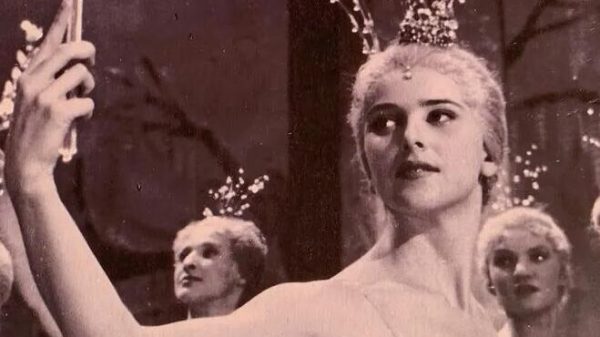

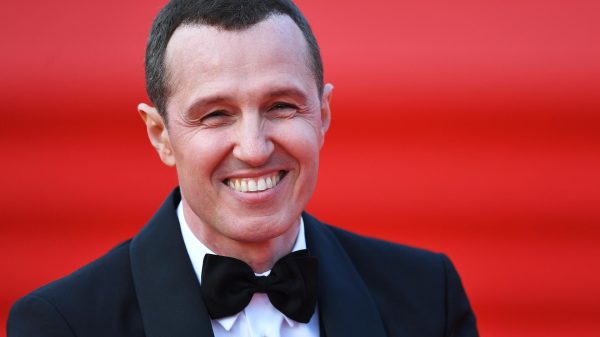




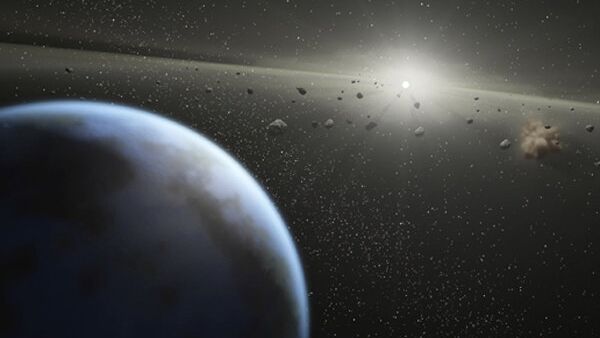
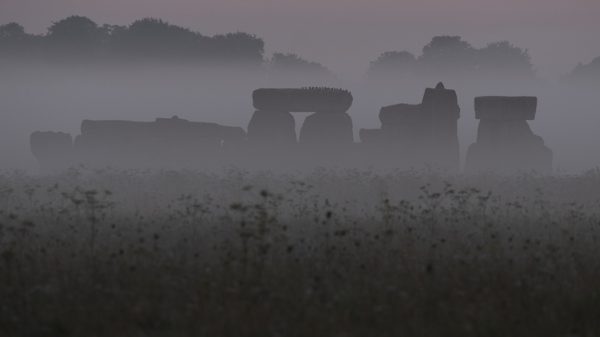

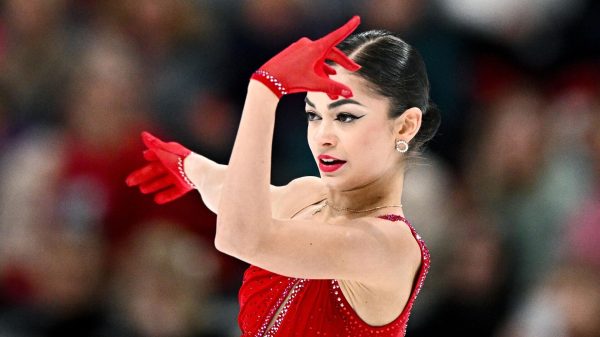
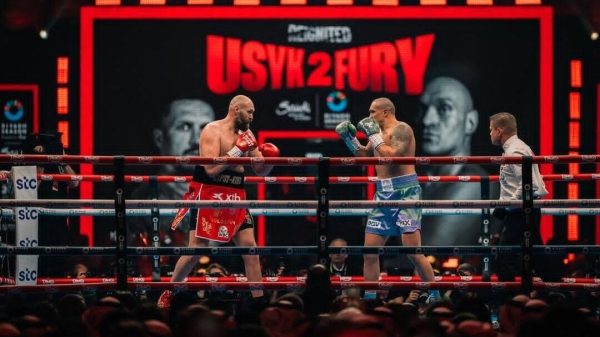
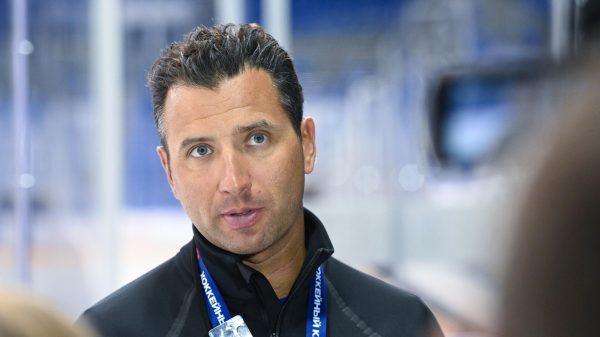



























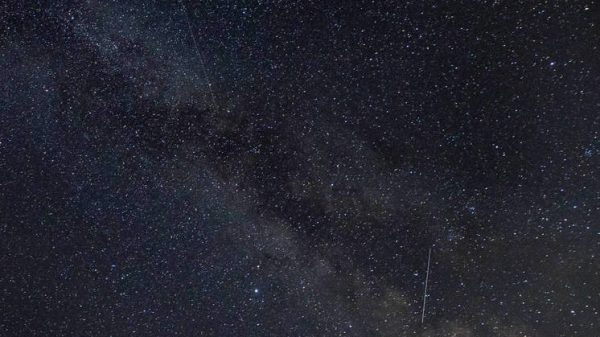


Свежие комментарии